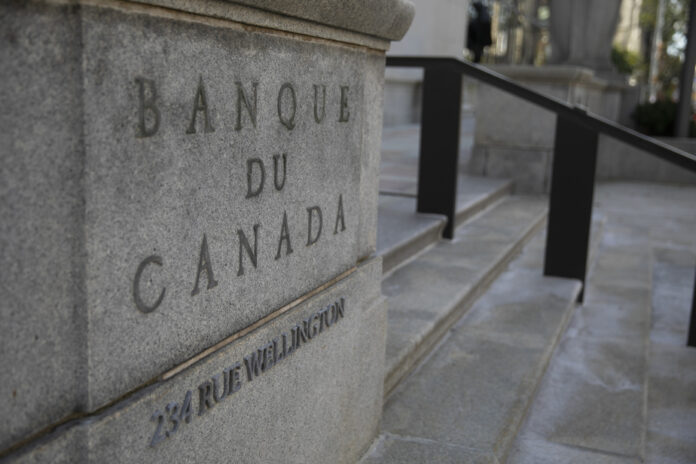After noting that the sharp rise in interest rates over the past year has not been enough to stifle inflation, the Bank of Canada has decided to raise its key rate again.
The central bank on Wednesday announced an interest rate hike by a quarter of a percentage point (0.25%). This increase brings its key rate to 4.75%, the highest level since 2001.
Major bank lenders quickly followed suit, raising their prime interest rate to around 7%.
The Bank of Canada’s move was watched because the Canadian economy shows no signs of slowing down and inflation appears to be resilient to the previous eight key rate hikes in just over a year.
Inflation as measured by the consumer price index (CPI) stood at 4.4% in April, as the Bank of Canada aims to bring price inflation below the 3% level over the next few months. month.
In fact, the central bank finds that nothing is going as it planned.
In its statement released on Wednesday, the Bank of Canada explains that the excess demand for goods and services in the economy appears to be more persistent than expected.
She refers in particular to tight labor markets, stronger-than-expected economic growth in the first quarter, and “surprisingly strong and broad-based” consumption growth.
The central bank also points out that inflation was higher than expected in April, as prices for a “wide range of goods and services” continued to rise.
“By opting for another rate hike, the Bank of Canada is making it clear that it “remains committed to restoring price stability for Canadians.” Going forward, I expect the central bank to raise its policy rate another 25 basis points (0.25%) in July, since the progress [against inflation] made by then is likely to be not many. The policy rate would thus stand at 5%, its highest level since 2001.”
“This further quarter-point increase in the Bank of Canada’s key interest rate (0.25%, to 4.75%) does not guarantee that inflation will subside sufficiently in the medium term. In fact, I expect the monetary tightening [rate hike] cycle to continue next July, with the key rate rising to 5%. And if the economic momentum does not slow over the summer, there is nothing to prevent us from considering additional rate hikes next September and October. »
“There are many reasons why the Bank of Canada resumed raising rates on Wednesday. On the one hand, economic growth was stronger than expected in the first quarter, driven by robust consumer spending. On the other hand, inflation surprised on the upside in April, unemployment remained stable near a record low for a fifth consecutive month, and the correction in the housing market seems complete. Against this backdrop, the Bank of Canada’s key message is that “excess demand in the economy appears more persistent than expected” and that there is a growing risk that inflation “could remain significantly above 2% target”. »
“The Bank of Canada has come off the sidelines and is back in the game with a surprise rate hike. The Canadian economy accelerated in 2023 as strong job gains and wage increases allow Canadians to continue spending despite high interest rates. Clearly, the Bank of Canada has yet to see any signs of a slowing economy that could further dampen inflation towards its target (of 2%). Therefore, I expect it to raise rates further in July, with its key rate dropping from 4.75% to 5%. »















